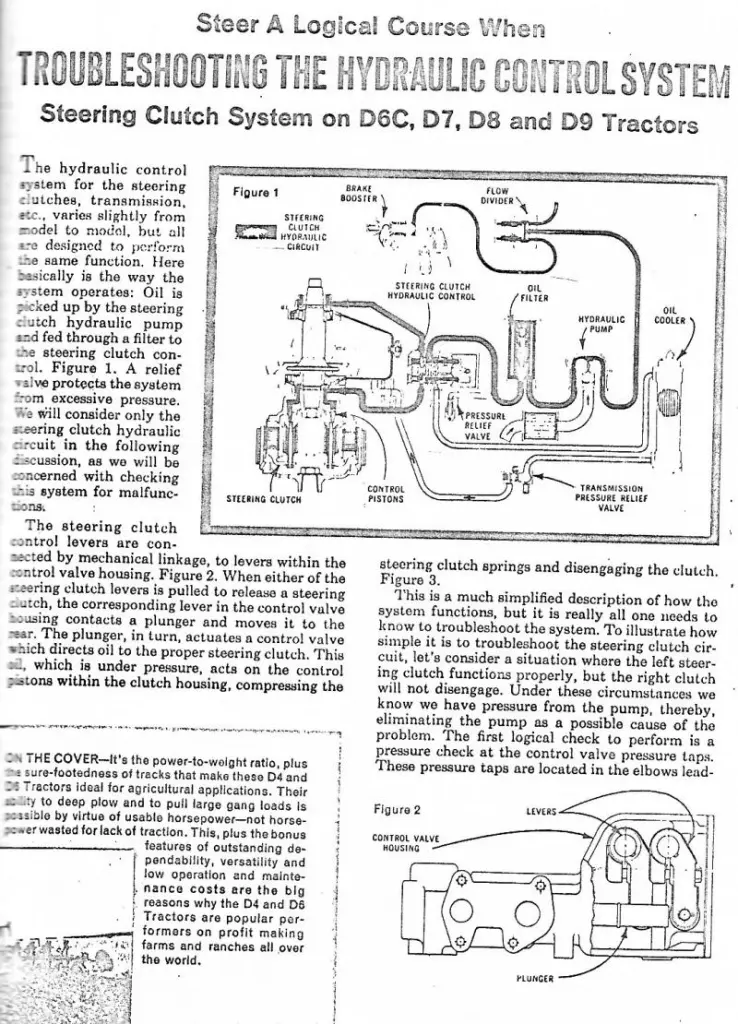Reply to stuartmarshall:
Gauge still fluctuated before I turned up the pressure.
Wearing a groove in the bore. Thats one thing i didn't look at closely. Can't imagine that would not have caught my eye though. Oh well they're probably coming back out anyway... Definitely put them in the right way, threaded holes to outside.
What are the cast tubes you refer to Eddie? Doesn't sound like anything in my machine! Mine has steel pipes which remove from the top with clutch covers.
Hi Team,
cast tubes are/were used on several different models of machines in early days--just mentioned it in case--had seen some broken and repaired over the years due to incorrect tightening procedures--all is good for you with the flexibility in the steel units.
Good work that your pistons are fitted correctly. What were the seal rings and bores like where the steer clutch hub runs in the bevel shaft bearing cage--what were the nylon seal ring end gaps like-- we used to re-sleeve the cage bores if they were worn/gouged due to loose bevel shaft bearings.
Was the inner O Ring fitted between the bevel shaft and inner piston-under the hub retainer plate.
Fluctuating oil pressure and the sounds of the trans. pump pumping marbles is usually due to the trans pump suction line leaking air.
Had a 977 once with a rusted thru suction line--oil soaked out into the belly guard over night and sucked dirt and oil back during working day. Trans failed from abrasive wear in short order.
Loose and hardened hoses on suction line were a problem too--double clamp them or better still use constant tension clamps--one with spring on the clamp bolt.
From memory I am not sure if early machines had witches hat shaped suction screens at the front of the trans case where the suction line bolts to.
Cat modified suction lines on many models of machine by fitting one piece hydraulic swagged fitting lines, a bleed off orifice elbow (P/No 307947 item #20 in the parts list column-- shown as #22 on diagram--#22 is actually pump mount seal) and return line from the trans pump pressure test/bleed port on top of the trans pump body.--cannot recall the size of the orifice but it was likely around 0.020"--this was to overcome aeration/cavitation erosion to pump parts and erratic pressures if I recall correctly.
Is the trans pump lip seal facing outwards--if inwards, the pump will suck air as the bearing drain cavity behind the seal is connected to the suction side of the pump and so will allow air to enter the system.
About all I can think of for now --will think on it some more and come back later.
Cheers,
Eddie B.




